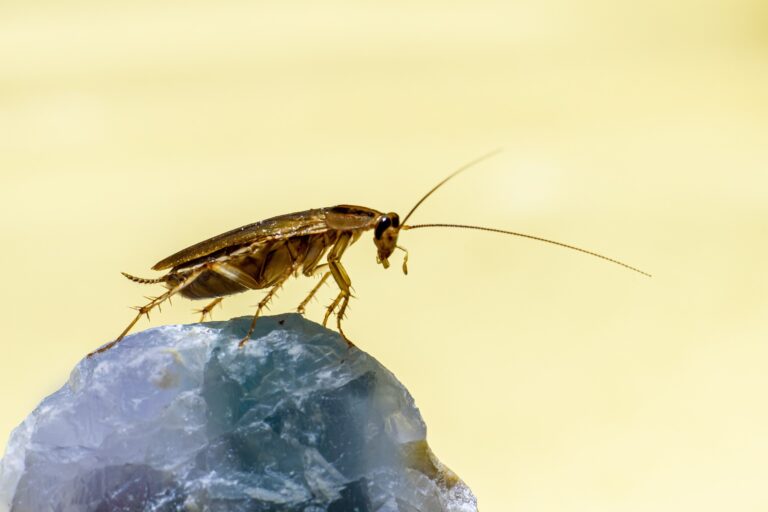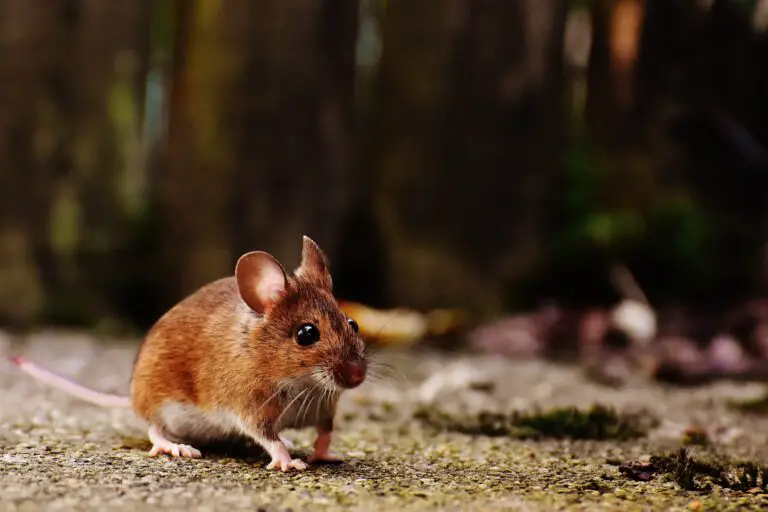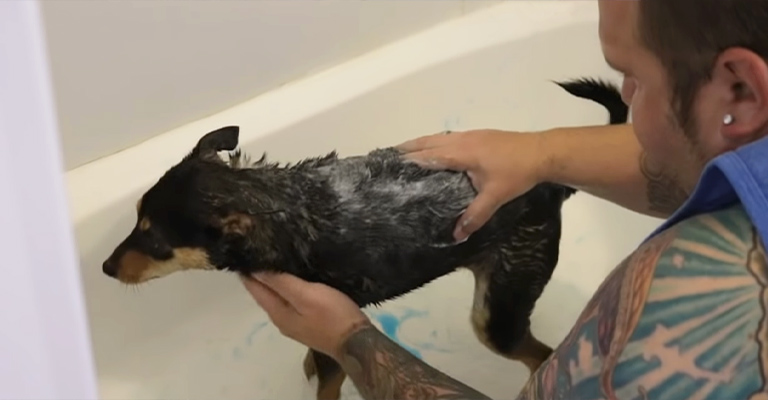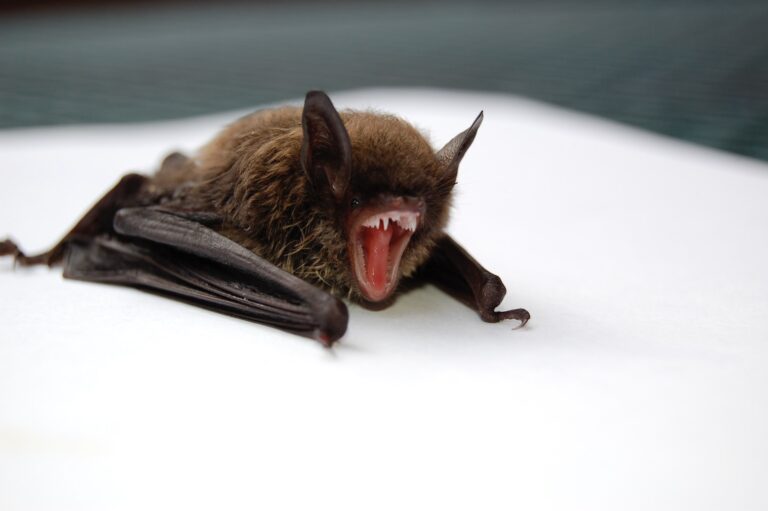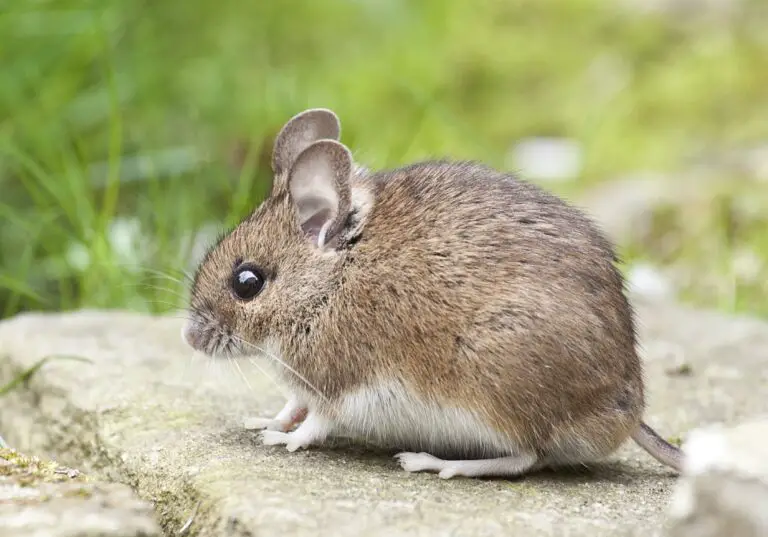How to Get Rid of Gnats Outside: Effective Methods
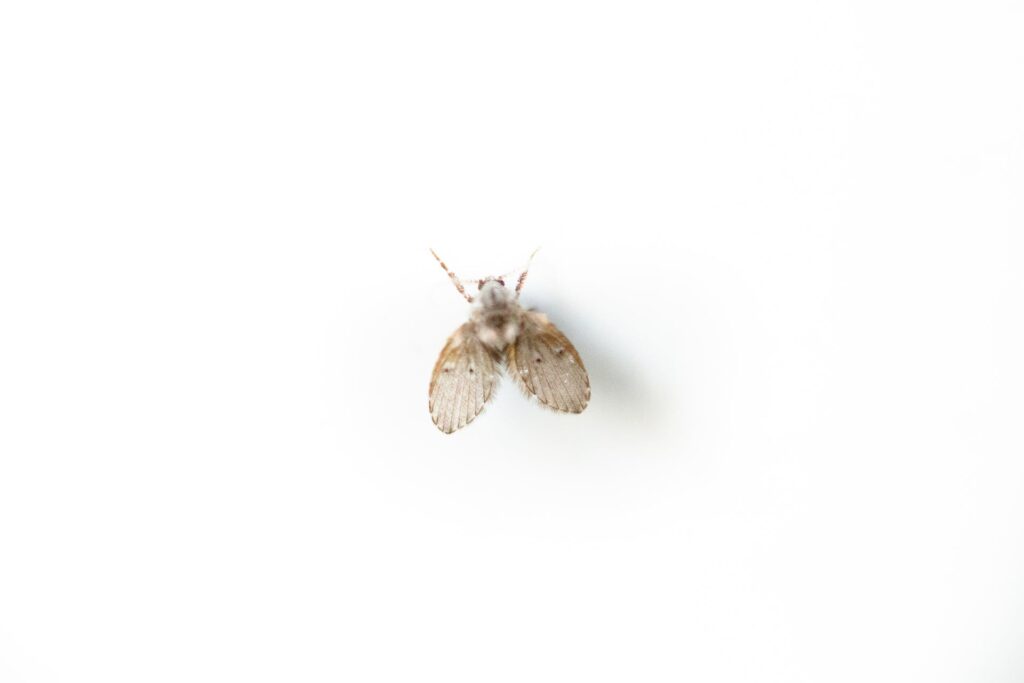
Gnats are tiny flying insects that can be a nuisance when they infest your outdoor space. They are attracted to moist and decaying organic matter, making them a common problem during the warmer months. Gnats can be difficult to get rid of, but there are several effective methods that can help keep them away from your yard or garden.
One of the most effective ways to get rid of gnats outside is to eliminate their breeding grounds. This means removing any standing water or moist soil from your yard or garden. Gnats lay their eggs in moist soil, so make sure to water your plants only when necessary and avoid overwatering. Additionally, remove any debris or decaying organic matter from your outdoor space, such as fallen leaves or fruit, as these can attract gnats.
Another way to get rid of gnats outside is to use natural repellents. Certain plants, such as lavender, basil, and mint, are known to repel gnats. You can also make a homemade gnat trap by filling a jar with apple cider vinegar and a few drops of dish soap. The vinegar attracts the gnats, while the dish soap traps them in the jar. By following these methods, you can effectively get rid of gnats and enjoy your outdoor space without any unwanted pests.
Understanding Gnat Behavior
Types of Gnats Found Outdoors
Gnats are small, flying insects that belong to the Diptera family. There are many different types of gnats that can be found outdoors, including fungus gnats, fruit flies, and drain flies. Fungus gnats are commonly found in damp areas and are attracted to decaying plant matter. Fruit flies are attracted to ripe or rotting fruits and vegetables, while drain flies are commonly found near standing water or in drains.
Gnat Life Cycle
Understanding the life cycle of gnats is important in controlling their population. Gnats go through a complete metamorphosis, which includes four stages: egg, larva, pupa, and adult. The length of each stage varies depending on the type of gnat and environmental conditions. For example, the life cycle of a fungus gnat can take anywhere from 18 to 30 days.
Common Attractants for Gnats
Gnats are attracted to a variety of things, including moisture, decaying organic matter, and sweet or fermented substances. Standing water, such as in bird baths or gutters, can be a breeding ground for gnats. Overwatering plants or leaving wet soil can also attract gnats. In addition, decaying plant matter or food scraps can provide a food source for gnats. Sweet or fermented substances, such as overripe fruit or spilled alcohol, can also attract gnats.
By understanding the behavior of gnats, it is possible to take steps to control their population and prevent infestations. Removing standing water, keeping plants and soil dry, and properly disposing of decaying organic matter are all effective ways to reduce the attraction of gnats.
Preventative Measures
Sanitation and Yard Maintenance
Keeping a clean and well-maintained yard is one of the most effective ways to prevent gnats from infesting your outdoor space. Gnats are attracted to moist and decaying organic matter, so it is important to remove any sources of such matter. This includes raking up fallen leaves and dead plant material, regularly mowing the lawn, and trimming overgrown shrubs and trees.
It is also important to keep garbage cans tightly sealed and to dispose of any food waste properly. Gnats are attracted to rotting food, so leaving food scraps or spills outside can quickly lead to an infestation. Additionally, cleaning up after pets and removing any standing water can help prevent gnats from breeding.
Water Management
Gnats lay their eggs in moist soil and areas with standing water, so it is important to manage water sources in your yard. This includes fixing any leaks or drainage issues, removing any standing water from bird baths or pet bowls, and emptying any containers that collect rainwater.
Using a drip irrigation system instead of sprinklers can also help reduce the amount of standing water in your yard. If you have a pond or other water feature, consider adding a fountain or aerator to keep the water moving and prevent gnats from breeding.
By following these preventative measures, you can significantly reduce the likelihood of a gnat infestation in your yard.
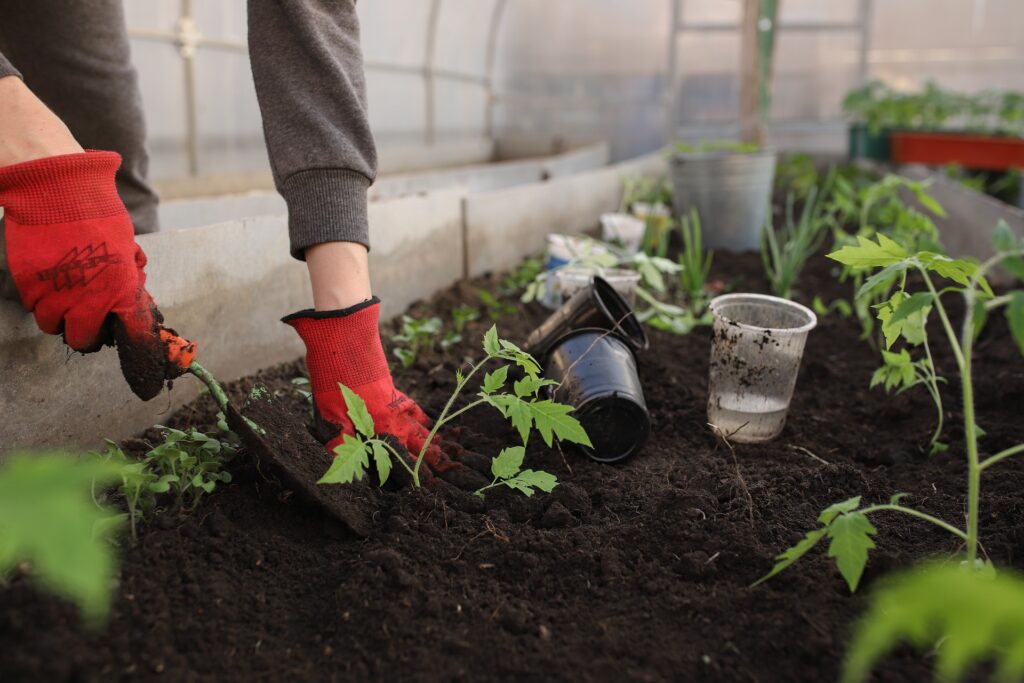
Natural Remedies and Solutions
Essential Oil Repellents
Essential oils are a natural and effective way to repel gnats. Peppermint, eucalyptus, lavender, and lemongrass are some of the essential oils that can be used to repel gnats. Mix a few drops of essential oil with water in a spray bottle and spray it around the affected area. Alternatively, you can soak cotton balls in essential oil and place them around the area.
DIY Gnat Traps
Gnat traps can be easily made at home using simple household items. One effective trap is the apple cider vinegar trap. Fill a jar with apple cider vinegar and add a drop of dish soap. Cover the jar with plastic wrap and poke a few holes in it. Gnats will be attracted to the vinegar and will get trapped in the jar.
Beneficial Insects
Introducing beneficial insects such as ladybugs and lacewings can help control the gnat population. These insects feed on gnats and other pests, reducing their numbers. You can purchase beneficial insects online or at your local garden center.
Using natural remedies and solutions can effectively get rid of gnats outside without the use of harmful chemicals. Try these methods to keep your outdoor space gnat-free.
Chemical Control Methods
Insecticides for Outdoor Use
Insecticides are a popular choice for controlling gnats outdoors. These chemicals can be applied in various forms, such as sprays, granules, and baits. When using insecticides, it is important to read and follow the label instructions carefully to ensure the safety of humans, pets, and the environment.
One effective insecticide for outdoor use is pyrethrin. It is a natural insecticide derived from chrysanthemum flowers and is known for its fast-acting and broad-spectrum properties. Pyrethrin can be applied as a spray or fogger to kill gnats on contact.
Another option is neem oil, which is extracted from the seeds of the neem tree. Neem oil is a natural insecticide that works by disrupting the insect’s hormonal system, leading to their death. It can be applied as a spray or soil drench to control gnats and other pests.
Professional Pest Control Options
If the infestation is severe or if the above methods do not work, it may be necessary to seek professional pest control services. Pest control professionals have access to a wider range of insecticides and equipment, making them more effective in controlling gnats.
One option is to hire a pest control company to apply a residual insecticide around the perimeter of the property. This will create a barrier that prevents gnats from entering the area.
Another option is to use a professional-grade fogger to treat the entire outdoor area. This method is effective in killing gnats and other flying insects that may be present.
In conclusion, chemical control methods can be effective in controlling gnats outdoors. It is important to choose the right insecticide and follow the label instructions carefully to ensure safety and effectiveness. If the infestation is severe, it may be necessary to seek professional pest control services.
Frequently Asked Questions (FAQs)
Q: What are effective natural remedies for eliminating gnats outdoors?
A: There are several natural remedies that can help eliminate gnats outdoors. One of the most effective remedies is to mix apple cider vinegar with a few drops of dish soap and leave it in a shallow dish. The gnats are attracted to the vinegar and get trapped in the soapy solution. Another remedy is to sprinkle cinnamon powder around the affected area, as gnats cannot stand the smell of cinnamon.
Q: Which homemade gnat repellents can be used to prevent infestations?
A: There are several homemade gnat repellents that can help prevent infestations. One of the most popular is a mixture of water, lemon juice, and vanilla extract. This mixture can be sprayed around outdoor areas to repel gnats. Another effective repellent is a mixture of water and essential oils such as lavender, peppermint, or eucalyptus. This mixture can be sprayed around outdoor areas or used in diffusers to keep gnats away.
Q: What are the most efficient gnat traps for outdoor use?
A: There are several types of gnat traps that can be used outdoors. Sticky traps are effective at catching gnats, as they are attracted to the bright colors and sticky surface. Another effective trap is a vinegar trap, which is made by filling a jar with apple cider vinegar and a few drops of dish soap. The gnats are attracted to the vinegar and get trapped in the soapy solution.
Q: How can I prevent gnats from swarming around me and my outdoor spaces?
A: To prevent gnats from swarming around outdoor spaces, it is important to eliminate any standing water and keep outdoor areas clean and dry. Mosquito netting can also be used to cover outdoor seating areas and prevent gnats from getting in. Additionally, using natural repellents such as essential oils or vinegar can help keep gnats away.
Q: What are the underlying causes of gnat overpopulation in outdoor areas?
A: Gnat overpopulation in outdoor areas can be caused by a variety of factors, including standing water, overwatered plants, and decaying organic matter. Poor soil drainage and high humidity can also contribute to gnat infestations.
Q: How can I eradicate gnats from my outdoor garden quickly and effectively?
A: To eradicate gnats from an outdoor garden, it is important to eliminate any standing water and remove any decaying organic matter. Sticky traps and vinegar traps can also be used to catch gnats. Applying a mixture of neem oil and water to the affected plants can also help repel gnats and prevent further infestations.
Final Thoughts
Mastering the art of how to trap gnats effectively and understanding the intricacies of gnat control can significantly mitigate the annoyance caused by these tiny pests hovering outside your home. Whether dealing with the persistent buffalo gnats hovering or the common varieties that feed and breed in your garden, identifying what attracts gnats is the first step in solving any gnat problem. By eliminating sources of moisture and decay where gnats feed and lay their gnat eggs, you can create an environment that’s less inviting for them.
Employing strategic methods to draw gnats away from your living spaces and into traps can drastically reduce their numbers. This comprehensive approach to gnat control, focusing on both prevention and active removal, ensures that your efforts to rid your outdoor areas of gnats are both effective and enduring. Remember, the key to keeping gnats from taking over your outdoor spaces lies in consistent application of these techniques and staying informed about the behaviors and habitats that attract gnats in the first place.

